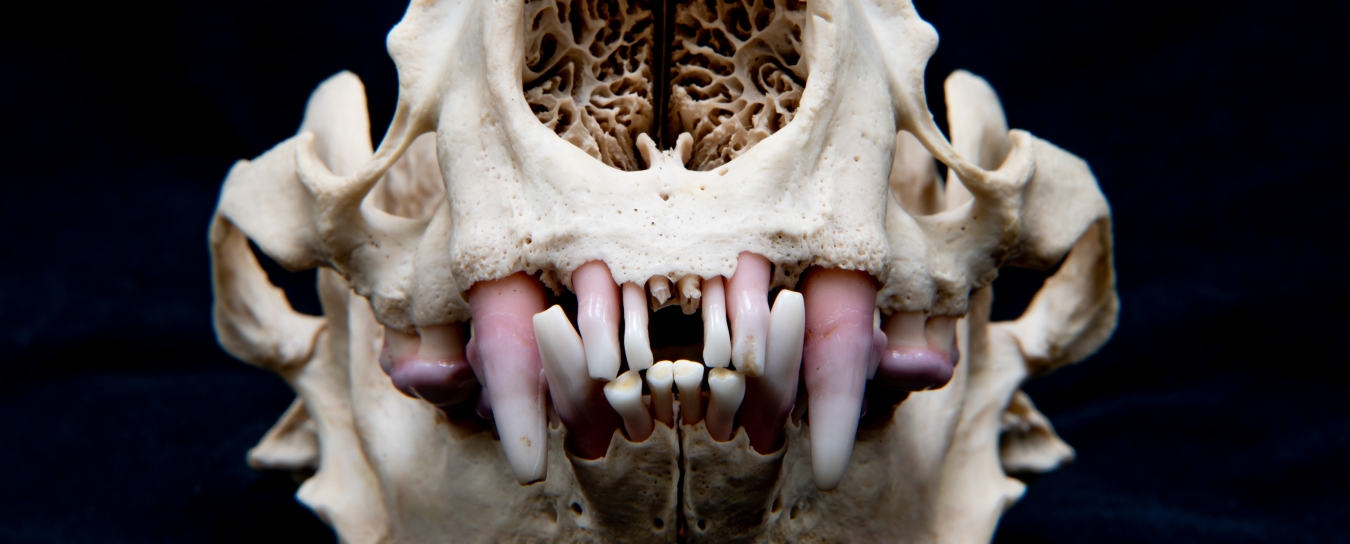
Vertebrates
Browse our Q&A about birds, eggs, nests, amphibians, reptiles, and mammals of the Central Coast and Channel Islands.
- Anthropology
- Rocks & Fossils
- Invertebrates
- Vertebrates
- Botany
- Astronomy
- Fungi
- General
- Recently Asked
Tracks on the beach in SB
What made the tracks?


Curator Response
Hi Pam,
Thanks for sending this great example of turtle tracks. These photos clearly show key identifying marks, like the dragged feet, the way the bottom of the shell has smoothed the sand down between the legs, and the tiny line that appears here and there at the center, where presumably the tip of the turtle’s tail dragged across the smooth sand.
Although you would expect a sea turtle on the beach—and we do have local species of sea turtles, like the Green Turtle (Chelonia mydas)—it is very rare for them to end up on our beaches. Sea turtles come to beaches to lay eggs, but the Green Turtle doesn’t do that so far north on our coast. The few sea turtles that have stranded along our shores have typically ridden a warm current to get here. We don’t see these accidental hitchhikers stick around, since cooler water temperatures shut down their metabolism, causing them to starve. So it’s more likely that a freshwater turtle made these tracks.
What would bring a freshwater turtle to the beach? We haven’t had a big rain event lately that would have caused pond turtles to get washed downstream from their ponds, but that would be one possibility. If a freshwater pond is nearby, this turtle may be close to home. Sadly, one of the most likely possibilities is that this turtle was “set free” by a human who decided they didn’t want to be responsible for it anymore.
Southwestern Pond Turtles (Actinemys pallida) are native to this area, but they are rarely seen. Their populations are in decline, in part due to habitat loss, and also to pressure on their habitat from introduced species like the Red-eared Slider (Trachemys scripta elegans). Red-eared Sliders are native to the area from the Midwestern U.S. to the northern part of Mexico, but they are now found all over the world, in part due to people “setting free” their pets. Unfortunately, in many places, these rapidly reproducing turtles outcompete native species and cause harm to ecosystems. So please, as you share your cool photo, spread the word that abandoning pets in the wild has unintended consequences for animals.
Stay curious,
Curator of Vertebrate Zoology Krista Fahy, Ph.D.


